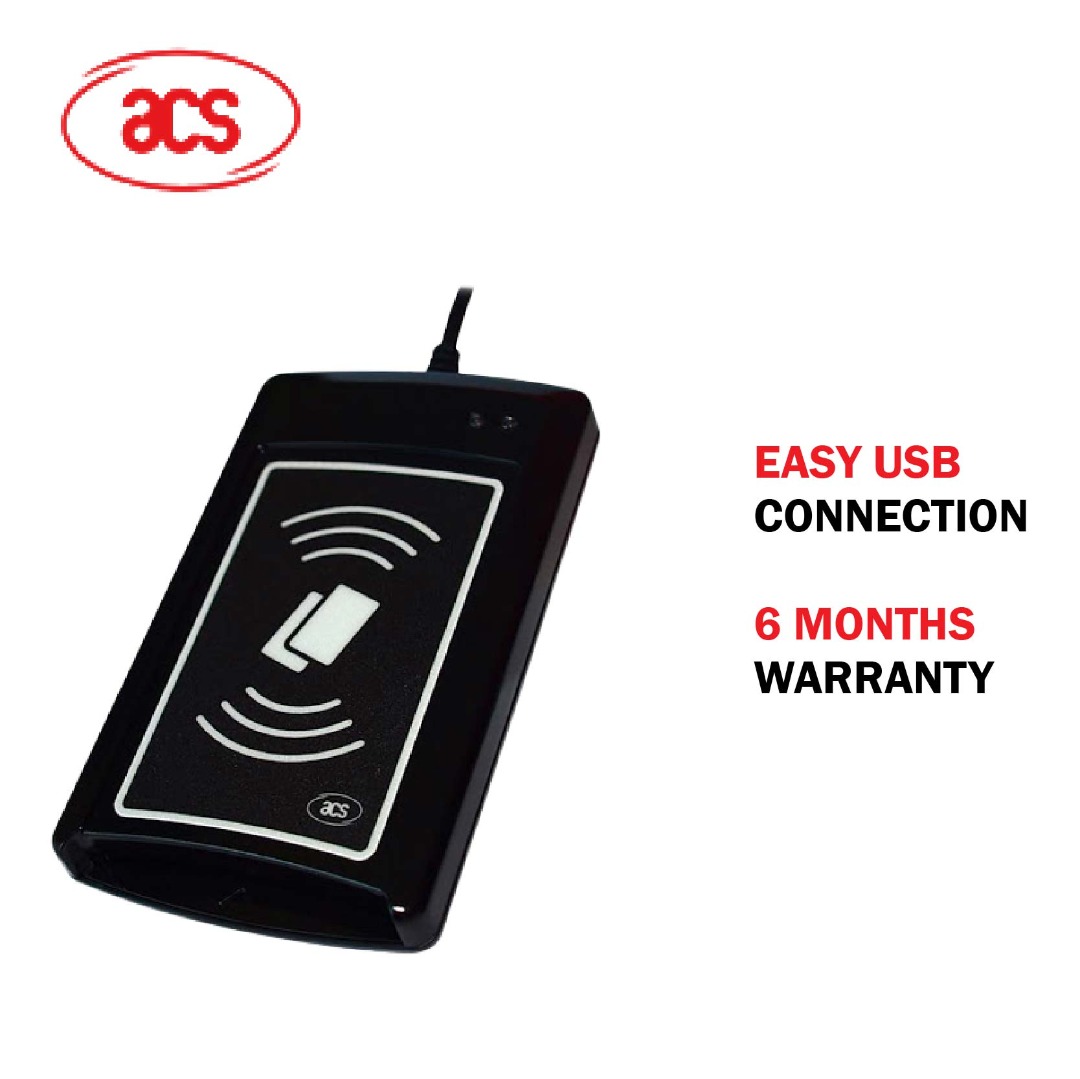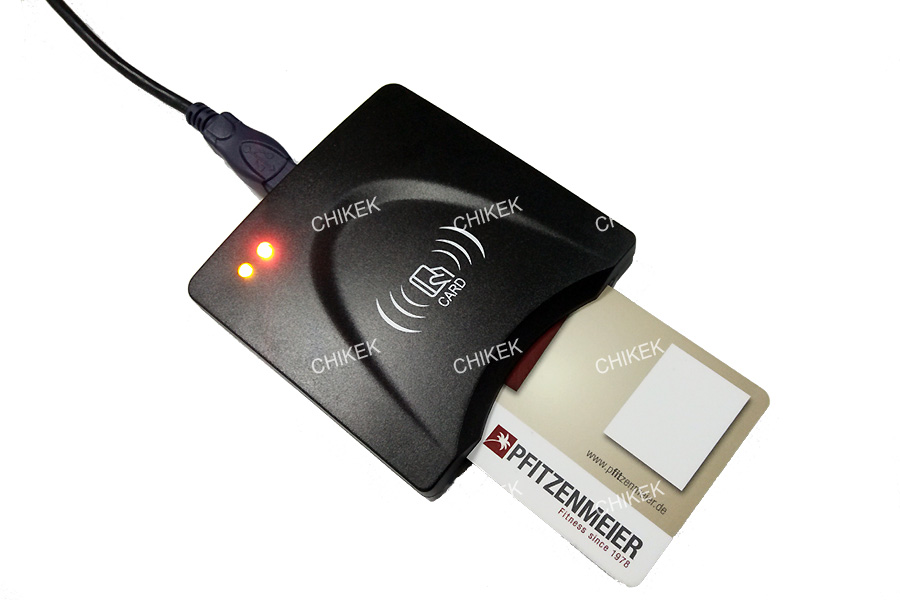
- #Contactless smart card reader portable
- #Contactless smart card reader software
- #Contactless smart card reader license
It has a low electric consumption (only seconds and when in use) and can be available en masse and at a very reasonable cost per unit.Īt Thales, we encourage the use of organic and/or non-toxic alternative materials such as polylactic acid and recycled PVC for eco-friendly banking cards and polycarbonate for ID or health cards.
#Contactless smart card reader portable
It is a very familiar portable object with a rather long life cycle (3 to 10 years) and a light carbon footprint.Ī realistic estimation of a credit card carbon footprint is about 150 grams of CO2eq.(equivalent to less than 1 mile done by car per card manufactured). Smart card technology is an ideal Green IT tool.
#Contactless smart card reader software
The related market for software comprises management system software and databases. Eurosmart is forecasting a 1% growth for 2021.Īccording to Markets and Markets' recent research report, the smart card market value is expected to reach $21.57 billion by 2023.Ĭurrently, smart cards and card readers account for more than 75% of the market. Lower demand for smartphones but increased need for connectivity stabilized the market in 2020.Covid-19 boosted contactless payments, positively impacting the contactless market. The contactless interface has become the leading choice for financial services and governments.Financial services are impacted by market drops in smart credit cards, retail, and co-branded cards due to the pandemic.But the pandemic has lowered the demand for new IDs and passports.2021 remains uncertain, according to Eurosmart. The government and the healthcare segments are expected to grow slightly in 2020.2021 sales very much depend on the resilience of the market segments. The device manufacturer segment (OEM) is expected to be somewhat dynamic, with a +3% growth in 2020.
#Contactless smart card reader license
As a driver's license or a tachograph card, the technology contributes to road safety.As a National eID card, residence permit, or electronic passport, smart card technology offers more robust identification and authentication tools for both authorities' and citizens' benefits.


In the last three decades, these tools, more than any other technology, have quietly taken us all into a virtual world. The smart card has a microprocessor or memory chip embedded in it with the processing power to serve many different applications when coupled with a smart card reader. It's is estimated that between 30 to 50B smart cards are in circulation today. In the form of credit cards and SIM cards, smart cards are the most common form of IT processing power on the planet. 30 to 50B smart cards in circulation today The card reader (or mobile phone) brings the 3V or 1.8 voltage to activate the chip.

It's used in conjunction with a contact or contactless card reader (POS for payments, at the ATM, or even on your mobile phone). The circular metal contact is vital to connect to the chip below and activate the card electrically. It integrates a microprocessor, some memory, and some apps.

Let's start with a definition: a smart card is a small portable computer, usually the size of a credit card, without a display and a keyboard.


 0 kommentar(er)
0 kommentar(er)
